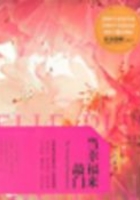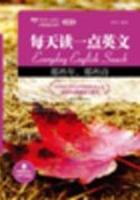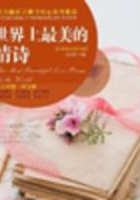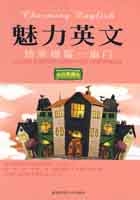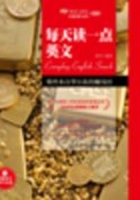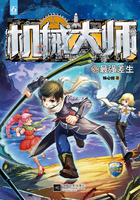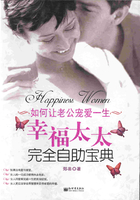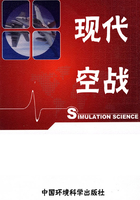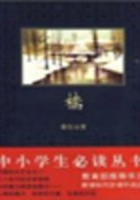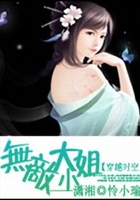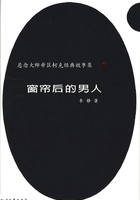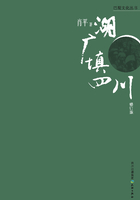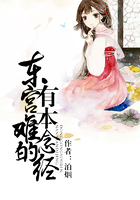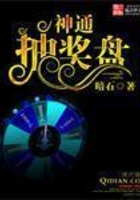莎拉蒄娜(Sarah Connor)
德国歌手莎拉蔻娜,出道短短几年就获得德国乐坛最高荣耀“Echo音乐奖”最佳流行摇滚女歌手,以及VIVA Comet奖最佳新进艺人等奖项。她的专辑《Sarah Connor》成功打进美国市场,并荣登潜力榜冠军、单曲Bounce获主流榜Top11。
实战提升
Practising&Exercise
单词注释
drown [draun] v. 淹没,浸湿
realize [5riElaiz] v.领悟,了解,认识到
tight [tait] adj. 紧的,不松动的;牢固的
romantic [rE5mAntik] adj. 富于浪漫色彩的;虚构的;幻想的
实用句型&词组
I don’t feel like a cup of tea. ( 想要)
The barren land has been turned into fertile fields. ( 使变化;改变)
Will this food keep in hot weather?(保持)
翻译行不行
我犹如在大海里挣扎。太阳就要升起。
因为夜已寒,而我却不知道自己将何处归。
再来一支舞吧,抱紧我,温暖我 。
Contemporary Jewellery Is More About Ideas Than
the Flaunting of Wealth当代首饰设计新理念
Through the centuries people have worn jewellery to depict status, wealth and identity. Now there is another reason. Contemporary jewellery, the kind that is fought over by passionate collectors, focuses as much on intellectual inquiry and the telling of stories as it does on the exploration of materials and techniques.
To the cognoscenti, contemporary jewellery is wearable sculpture, and the wearability of a piece and the way it moves on the body are of critical importance to the artists who create it. This work is a product of head, heart and hand, with the head element uppermost. Pieces can be made of anything: found objects, recycled junk, textiles, plastic-even paper. If they include precious metals and gemstones, these rarely appear in conventional forms. Collectors are mainly professionals. A significant proportion are architects and many of them are men.
Humour and subversion are an intrinsic element of this kind of jewellery, which may explain why one European country, the Netherlands, has become a beacon for collectors. As Marjan Unger, a Dutch art historian and jewellery curator, explains it, the Dutch“like to turn things upside down”. They possess a fierce merchant mentality, but do not like to display their wealth, preferring instead to show off their intellectual power.
The Netherlands boasts some fine jewellery schools, but, other than diamond-cutting, there is little historical tradition in jewellery making. Dutch designers have not had to fight entrenched conventions, and as a result they have been remarkably free to experiment.
“Collect”, an international fair for contemporary objects, which opens in London will show a number of artists who explore concepts of preciousness, value and beauty by subverting traditional materials and techniques. Some are German, Swiss and British, as well as Dutch. Otto Künzli famously made a rubber bracelet concealing a gold ball inside. Karl Fritsch ground gemstones into powder and reassembled them with glue. He is now experimenting with drilling holes in the gems and knotting them together in varying configurations. Gijs Bakker, co-founder of Droog, a design company, combines gemstones with costume pieces. Ulrich Reithofer combines gold and glass shards in a necklace.
Using unconventional materials is another way of questioning“value”. Dorothea Prühl uses wood to create huge neckpieces. Christoph Zellweger covers animal bones with flesh-coloured flock. Lisa Walker assembles three-dimensional collages using found plastic pieces and assembles them into wearable sculpture. Sebastian Buescher pins together eclectic combinations of materials he gathers outdoors.
Story-telling is another key element. The narratives vary from the personal to the collective, but individual memories are often used to tap into universal themes. The domestic is a favourite. Gesine Hackenberg drills out circles from discarded plates, configuring them into necklaces which she presents on the original, now disfigured, platters. Iris Eichenberg examines the psychological effect of transition to a new culture by assembling materials from different elements of an interior such as flooring, wall coverings and furniture into brooches and neck pieces. Francis Willemstijn even uses old car parts to allude to her childhood spent in her father’s garage; contrary to expectation, they make exquisite jewellery.
This is jewellery offering a very different expression of identity. The wearer of such pieces challenges preconceived notions. It can include a whiff of intellectual snobbery, as the wearer can be seen as“buying a bit of the artist’s brain”.
自古以来,人们佩戴首饰是为了显示地位、财富和身份。现在,佩戴首饰又有了别的涵义。热忱的收藏家对当代首饰的看法也不一样。当代首饰在探求材料和工艺的同时,也关注着文化内涵和叙事性。
对于鉴赏家来说,当代首饰是可以佩戴的艺术品。它对于创作首饰的艺术家来说,首饰的耐用性,和怎么佩戴都是至关重要的。它集创作者的思想、热情和工艺于一体,尤其以思想至上。任何东西都可以用来制作当代首饰:像锻造品、回收的废旧杂物、纺织品、塑料等等,甚至报纸也行。如果是含有贵金属和宝石的东西,它们则很少以传统造型亮相。收藏家主要是一些专业人士。设计师占了很大的比例,其中以男性为主。
幽默和颠覆性是此类首饰的本质内涵。这也许能解释为什么荷兰这个欧洲国家会成为收藏家的指路明灯。因为这正像荷兰艺术历史学家和首饰馆长Marjan Unger所说的,荷兰人“喜欢混淆黑白”。他们虽具敏锐的商业头脑,却不喜欢显露财富,更愿意表现才智。
虽然荷兰拥有一批引以为豪的高级首饰学校,但是在首饰制作(不包括钻石切割)上几乎没有什么历史传统。这样,荷兰的设计师就不必受制于传统,因此他们可以自由地去尝试。

